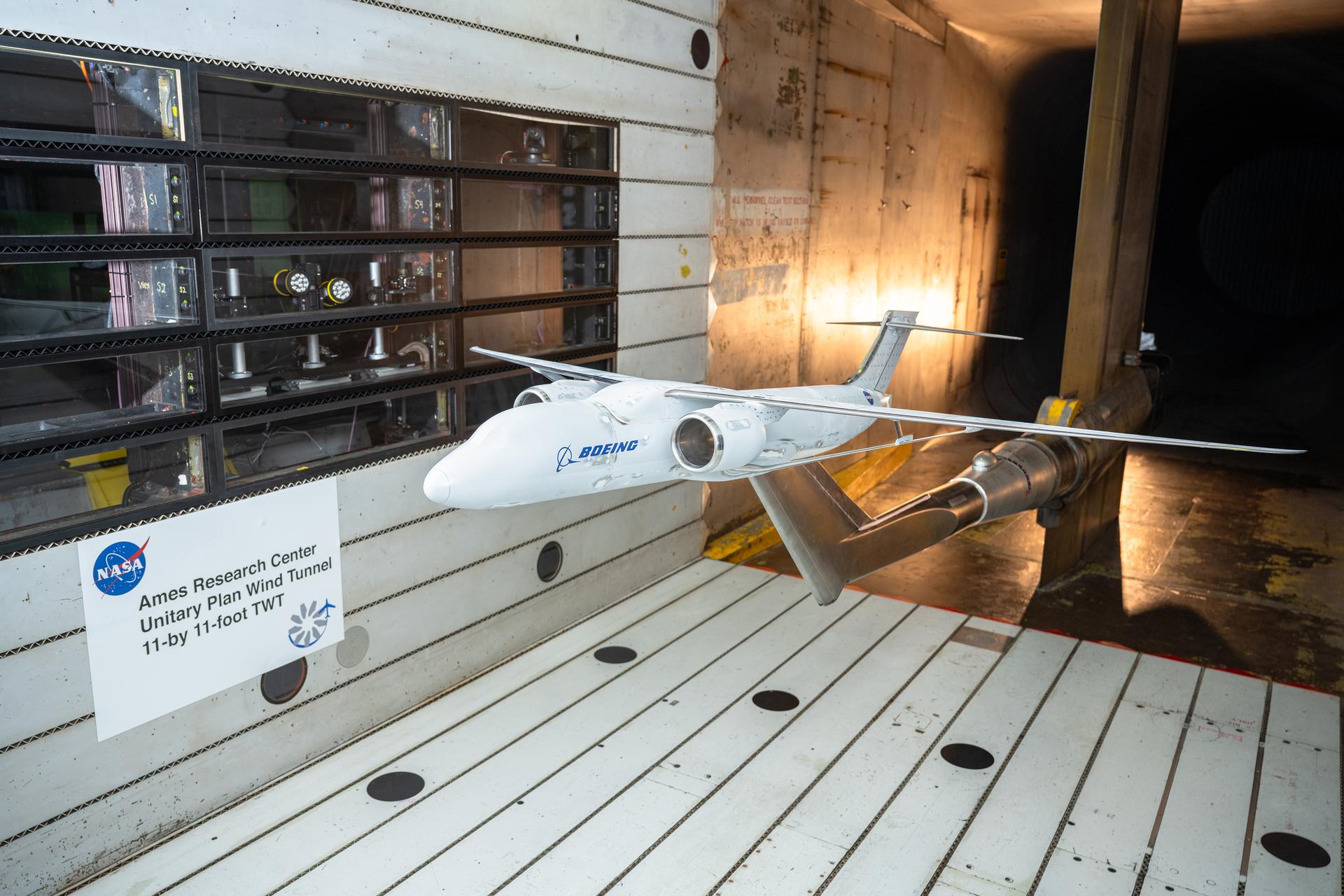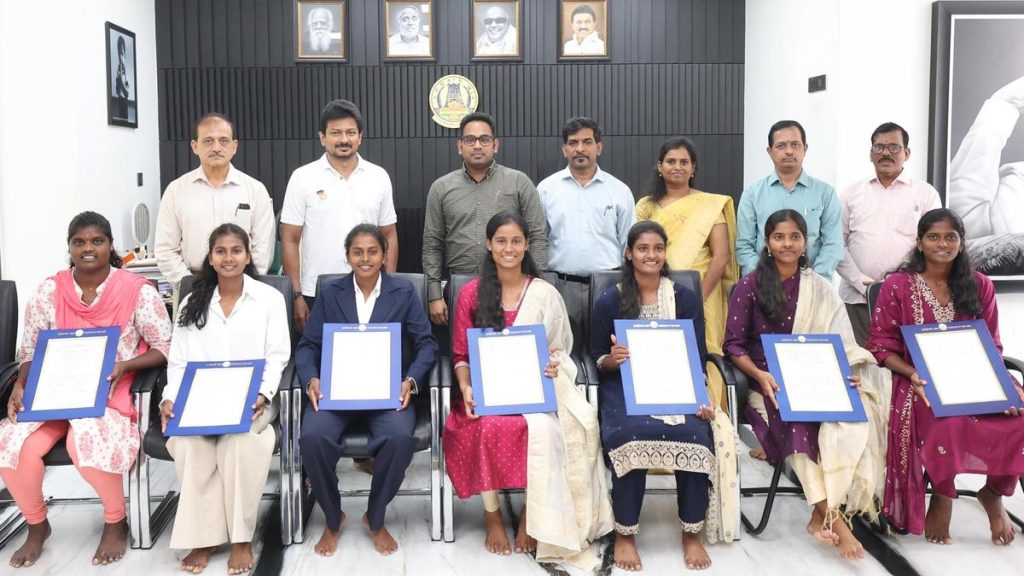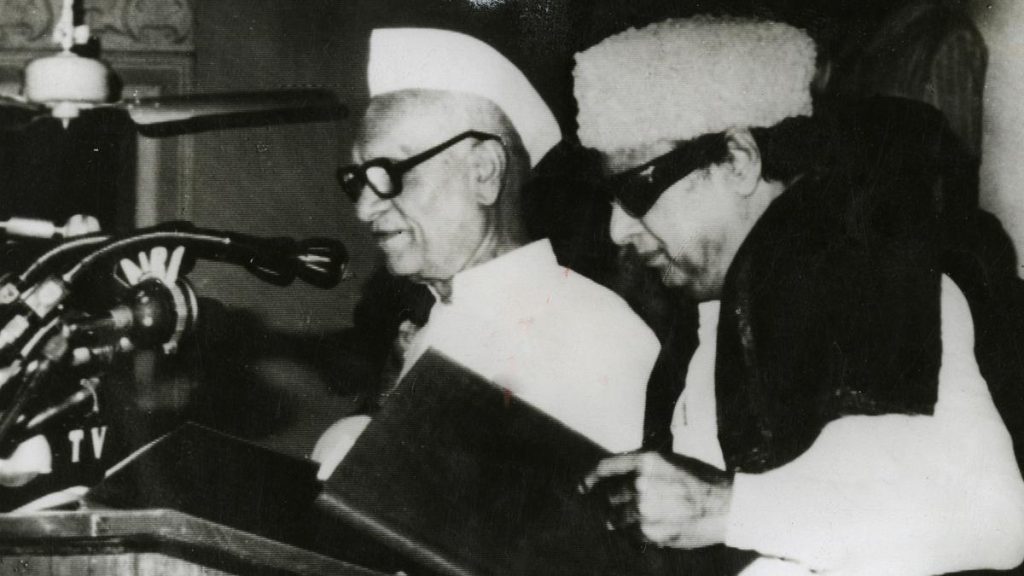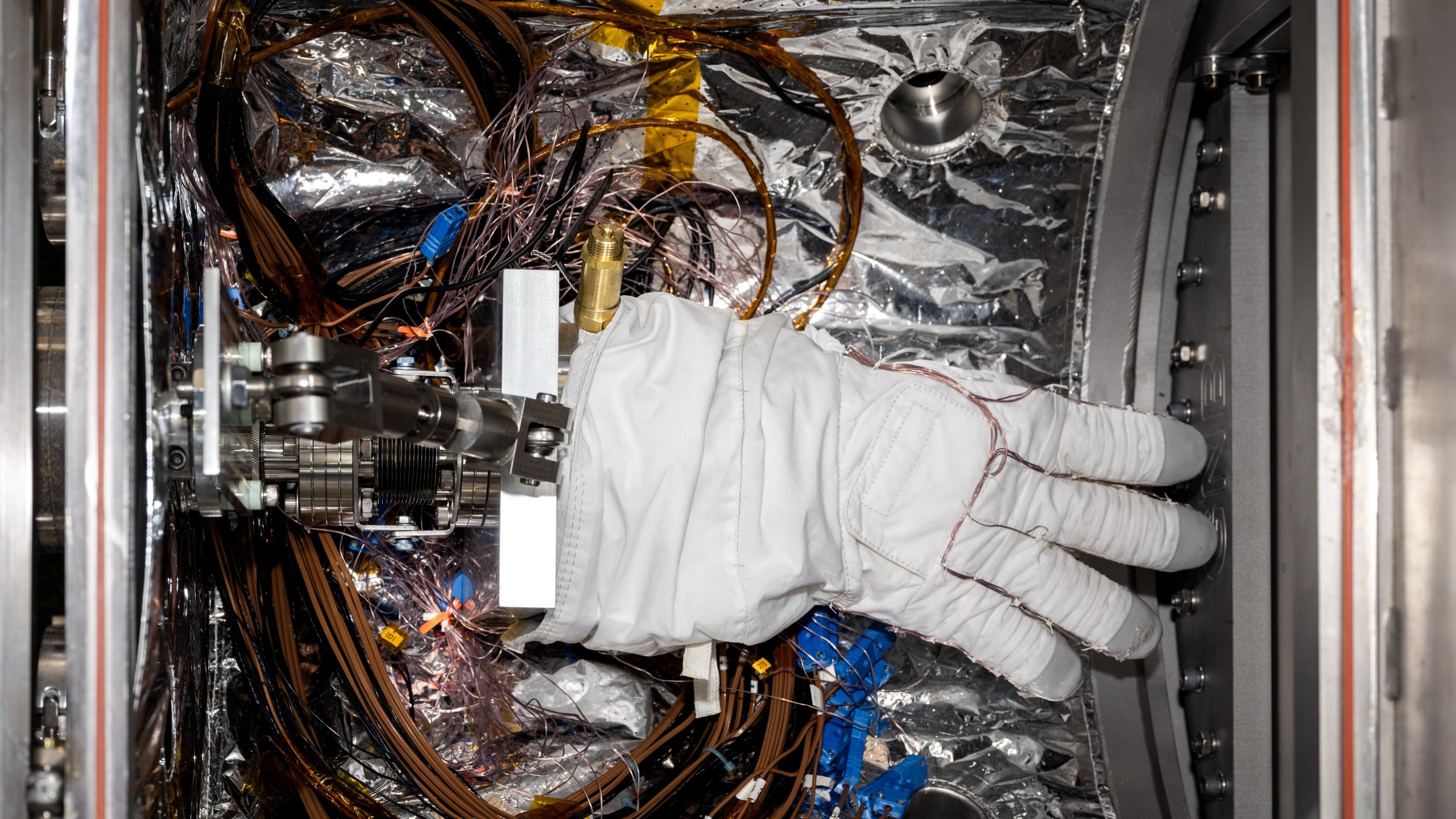Now Reading: NASA and Boeing Explore Thin-Wing Aircraft Innovation
-
01
NASA and Boeing Explore Thin-Wing Aircraft Innovation
NASA and Boeing Explore Thin-Wing Aircraft Innovation

Quick Summary
- NASA and Boeing are jointly exploring an updated approach to the Sustainable Flight Demonstrator project.
- The focus is shifting toward ground-based testing of thin-wing technology, avoiding immediate flight tests for the X-66 flight demonstrator, which uses transonic truss-braced wing concepts.
- The X-66 project pause allows more focused research on the potential applications of long, thin-wings across different aircraft configurations.
- Design elements and components for the X-66 will be retained for future consideration based on findings from additional studies and testbed results.
- Research so far has advanced wind tunnel tests,computational fluid dynamics modeling,and structural design analysis in pursuit of sustainable aviation technologies.
- NASA aims to achieve considerable energy efficiency improvements in next-generation airliners while reducing costs, fuel consumption, and maintaining U.S. leadership in aviation innovation.
Indian Opinion Analysis
NASA’s collaboration with Boeing reflects a meaningful step toward addressing global challenges in sustainable aviation. By prioritizing cost-effective innovations such as thin-wing technology instead of jumping directly into complex demonstrator models like the X-66’s transonic truss-braced wings, it underscores a strategic pivot toward methods showing broader industrial applicability. Key goals include reduced fuel consumption alongside enhanced operational efficiency-all crucial benchmarks amidst growing climate concerns worldwide.For India, with its rapidly expanding domestic air traffic demands coupled with environmental sustainability commitments (e.g., net-zero targets), advancements from this initiative could be insightful. Improved energy-efficient designs might hold actionable implications for integrating similar approaches within its own aerospace sector or enhancing competitiveness in manufacturing partnerships tied to international markets like Boeing’s supply chain ecosystem.While specific impacts remain speculative pending practical outcomes of these studies by NASA-Boeing collaboration globally logical basis confirms value technological spillovers potential line Indian airlines policymakers given existing alignment eco-focus narratives national level ensuring time-coordination watch industrial gains helpful roadmap advantage challenging pivots world_ready always adjusting tailored fits probable scenario-scaled benefits promising await major clarification updates collaborations final data gaps ongoing noted consistent work needed!!



























